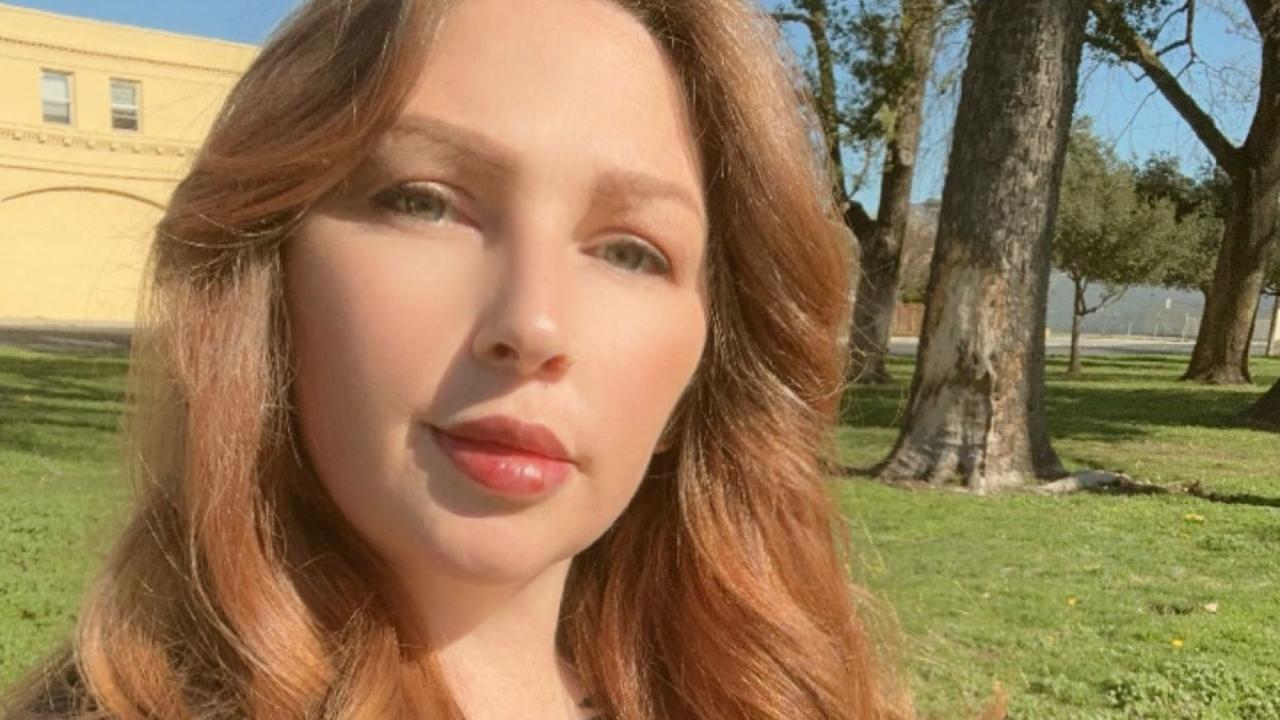
Growing Out of Trauma
Growing up in the foster care system for six years before returning to my mother, I remember being scared, sad and angry. As a 7-year-old little girl yearning for love and comfort, I found myself surrounded by strangers, bouncing between foster homes and the Mary Graham Children's Shelter in French Camp, CA. I felt out of place. These feelings of uncertainty fueled my anxiety and distrust well into adulthood.
The adults tasked with caring for me described me as “hyperactive, aggressive, adultified, hypervigilant and uncontrollable.”
Therapy was a constant in my life, but it couldn't erase the resentment I felt toward my mother for losing custody. Without the foundation of a secure attachment, I struggled to form relationships with foster parents, staff or peers. The chaos of my upbringing—without safety, routine, or the certainty of having my basic needs met—left me distrustful and questioning the intentions of everyone around me.
Even when a specialist came to help my foster parents understand my behaviors and trauma, I felt hopeless and incapable; distorted perceptions clouded my daily life. Yet, I was fortunate to have people along the way—teachers, trusted mentors, my grandmother and two uncles—who saw my potential and gave me tools to begin healing. By the time I was 15, I started to lay the foundation for the intrapersonal work that would define my recovery.
Peer Partners in Wraparound
Peer Partners is the overarching term that encompasses youth partners, parent partners and peers with lived experience. There are various terms and titles used to describe the roles and individuals who align and partner with parents, family members, Tribes, caregivers, resource parents and youth to provide support, advocacy and encouragement.
Learn more about peer partners at our website: humanservices.ucdavis.edu/peer-partners
Returning to my mother at 13 was both a chance and a challenge. A part of me wanted to go home—to feel safe, structured and loved—but I also knew it would mean navigating her substance addiction, severe mental health challenges and anger outbursts. Reflecting as an adult, I see that she did the best she could with what she had. But her struggles, compounded by the stigma around seeking help for mental health and addiction, often left me in the role of parent, and asking, “Why can’t you be a mother to me?”
My teenage years were marked by survival. Growing up in a “trap house,” I saw atrocities that rewired my brain and left me feeling feral. As a high school freshman, I was scraping by, hypervigilant, and doing whatever it took to protect my siblings. I learned to lie and to cover for my mother, desperate to avoid re-entering the system. I knew older kids like me were often seen as “unplaceable,” which I perceived as “unwanted” in the California foster care system—a stigma that reinforces a cycle of generational trauma.
Yet, even amid the chaos, a small team of social workers, residential staff and mandated reporters gave me hope. Their care planted a seed of resilience. I knew I wanted to be like them: to help youth who, like me, deserved love and understanding.
My healing journey began in earnest in my early 20s, as I finally established a circle of safety and began to understand what healthy relationships—built on kindness, love and comfort—looked like.
Today, as a professional in family and youth services, I draw on my lived experience to advocate for children and families navigating trauma. I focus on educating parents and support staff about the impact of trauma on brain development, helping families overcome generational cycles, and reducing the stigma around behavioral health services. I guide caregivers to move beyond fear-driven responses, teaching them to view trauma-driven behaviors with empathy rather than judgment.
Even amid the chaos, a small team of social workers, residential staff and mandated reporters gave me hope. Their care planted a seed of resilience.
Using evidence-based practices, I help clients develop resilience and build meaningful relationships. I emphasize meeting people where they are—observing behaviors without clinical detachment and disallowing trauma’s effects from becoming a person’s identity in the world.
Every day, I am grateful for the opportunity to give back. My work is more than a job; it is a mission to create safe spaces for healing. By identifying and validating successes, breaking tasks into manageable steps, and fostering empathy, I help families and children enrich their lives. Through my efforts, I hope to help build a world where no child feels as lost as I once felt.
A Call to Action
Trauma leaves deep scars, often misinterpreted and/or stigmatized as behavioral problems. The foster care system, social workers and foster parents must shift their approach, recognizing that maladaptive behaviors are often the result of unmet needs and unprocessed pain. Placements should be equipped to address these challenges, providing the structure, love and support children need to heal. Together, we can reimagine a system that not only protects but also nurtures the vulnerable, breaking cycles of trauma and empowering children to thrive.
